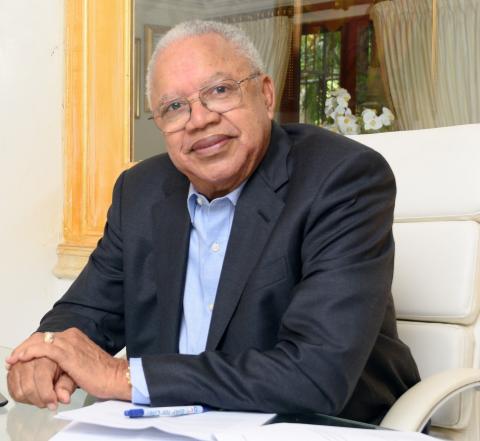
Saving time and moving efficiently at the first point of care at a hospital usually comes down to the ability to quickly and accurately triage.
Triaging refers to the categorising of people who seek care into most and least urgent and by the type of care they will need based on their complaints and symptoms. When we speak about waiting time at hospitals, it is usually at this stage that this has the most impact.
Hundreds of patients pass through a hospital in a day, and with health, it can never be a first-come, first-serve situation. Patients must be seen based on how severe or life-threatening their ailment is. Triaging is, therefore, important to save lives and for the hospital to operate as efficiently and effectively as possible.
Technology can help this process move more smoothly and allow hospitals to be able to treat patients in a more efficient way. This would also help to increase patient satisfaction and trust in the healthcare system. Barring an emergency, before a patient even enters a facility, a virtual triage can be done to decipher whether they need a physical visit or if they will require admission. This can be done through telemedicine.
A good telemedicine system can accommodate multiple caregivers for a holistic and thorough diagnosis, which will better enable the patient’s doctor to make a determination as to whether they come in, or if they can be treated without an office visit. A system like this is particularly good for persons who are doing follow-up care. This would be an excellent way to reduce exposure and possible infection from illnesses like COVID-19. If persons, for example, have symptoms associated with this, they or their caregiver at home, can be urged to first contact facilities via telemedicine. Then a determination can be made as to whether they need to be admitted. This gives the hospital time to make the requisite preparation to ensure infection control as best as possible as well as protect other patients.
A few years ago, the Government introduced a pilot initiative called eCare, which was aimed at improving community access to healthcare services. I haven’t heard much about this since, but I do hope that we will be building on it and making it a reality in tandem with the digitisation of public hospitals and health centres. The vision for eCare was that it would allow persons to be able to interact with healthcare providers virtually, through an application. It was aimed at the time to primarily focus on persons with non-communicable diseases (NCDs), such as diabetes. This, in itself, would greatly assist with waiting time because NCDs have a lot to do with the number of persons who visit hospitals on a daily basis. I believe eCare could also be expanded to deal with a multitude of issues.
The initiative was also to allow persons to be seen by their doctor without leaving home. This would be where triage is facilitated virtually. Instead of the facility itself being the first point of contact for some patients, this community telehealth mechanism can decrease the need for this, reducing crowding and ensuring that the most critical patients are best facilitated more quickly and efficiently at hospitals. E-prescriptions, if required, could also be sent through the system.
In addition to telemedicine, a digitised facility with an electronic medical record and registration system can ensure smoother triage. Registration can be done in no time when it only requires an electronic system look-up based on a name and/or date of birth, rather than having to go search for a physical health record file on a shelf. Patients can participate in this by registering themselves, if they are so able, through electronic kiosks or tablets. This information would be fed to the central system and sorted based on priority by a healthcare provider, who can also do further assessment if required.
Technology can play an important part in improving many aspects of healthcare. Having a robust system of triaging patients at accident and emergency unit can lead to more efficiency, less waiting and crowding, better use of human resource, cost saving, and increased patient satisfaction.
Doug Halsall is chairman and CEO of Advanced Integrated Systems. Send feedback to doug.halsall@gmail.com.
Published: Sunday | January 9, 2022 | 12:09 AM
https://jamaica-gleaner.com/article/news/20220109/health-tech-making-tri...

